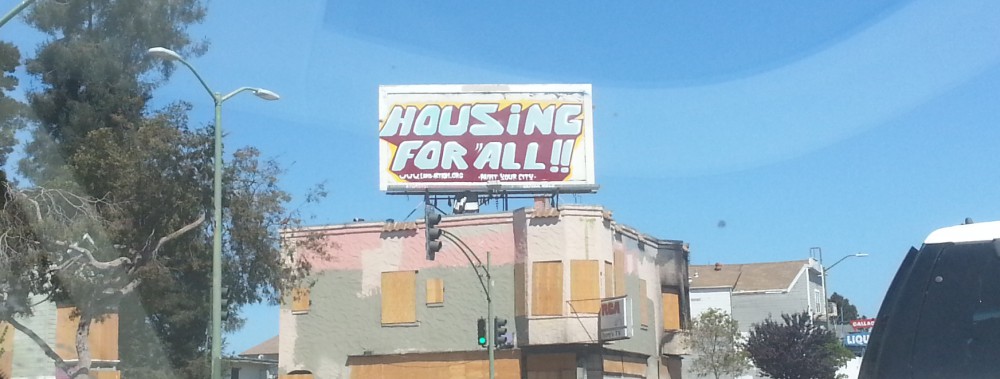Disclaimer: This is a guest post by a good friend of mine, Shaila Kotadia. I fully endorse this post as it raises many important issues in academia.
As talk of how to restructure the funding of STEM fields to make them sustainable, the word diversity often arises. Almost everyone states this is a part of [insert name here]’s mission but how actively is academia really supporting this notion? In particular, over the past several decades, there has been little change in the makeup of professor positions.
I recently attended a conference organized by a scholars program for undergraduates. This program has existed for over 20 years, is successful at equalizing the playing field for students that are overlooked in and often drop out of STEM majors, and is now evaluating the parts of the program that result in this positive outcome. The morning consisted of a series of excellent speakers that conducted evaluations of programs targeted at underrepresented undergraduates to determine their effectiveness. One study conducted by Mica Estrada at UC San Francisco evaluated a national panel of minority science students for their feelings on self-efficacy, scientific identity, and how their values aligned with scientists to determine scientific integration (Estrada, et al., J Educ Psychol, 2011). This raised important questions in my mind. Are we selecting for a self-perpetuating personality type that think about and approach problems very similarly regardless of their background? Or are we molding these students through formal and informal programming to fit a model of an academician and losing their diverse perspective in the process?
A town hall discussion concluded the event. This is where we were challenged to share our thoughts that called out the academic system and its support for underrepresented students. This is when the conversation got really interesting. Comments on the culture of STEM shifting with the influx of Ph.D.’s and the lack of associate professor positions suggest that we need to adapt. Additionally, it was suggested that little diversity in these positions might be due to individuals from all backgrounds not having a desire for these positions. I felt the need to chime in. We are encouraging these students to pursue Ph.D.’s with the ultimate outcome to retain them in the STEM fields with a heavy emphasis on faculty positions. But why would we do that to them? Faculty positions suck now, in my honest opinion. And as these students progress through the different stages of academia with programmatic help, are we selecting for the same types of personalities or molding these students into what faculty positions require? How is that helping anyone? We may end up increasing diversity “by the numbers” but in the end we are losing the real benefit of diversity of thought. One interesting way to put it is that we need more cognitive diversity (Valantine and Collins, PNAS, 2015).
When I think of diverse populations and those that are underrepresented in STEM that I have worked with or mentored, their values do not align well with what academia values. Those that continue onto faculty positions may feel like they lose parts of their identity and the need to conform in order to be promoted in their career (McGee and Kazembe, Race Ethnicity and Education, 2015). That is going to continuously result in a lack of diversity, whether it be of thought or people leaving the field, despite all of the early programmatic measures.
Additionally, while unconscious bias training will likely decrease microaggressions towards others and might eliminate gender bias in hiring (Carson, TechRepublic, 2015), which is completely necessary and should be required, it appears as though we still select candidates from the same top schools that tend to attract similar personalities (Clauset, et al., Science Advances, 2015). In the end, the change in overall culture will be gradual but hiring more diverse individuals will only become more diverse with a cultural change that people must be willing to enact in the long run.
I do acknowledge that top notch research is conducted at the highly-ranked institutions but I want to also acknowledge that ground-breaking research is often discovered across all institutions. One can even argue that the same schools where postdocs are being hired from cannot employ all of them, which means that these researchers are being attracted to other programs that might offer a more welcoming environment. And there is no doubt that the people being hired are incredibly talented and yet there might well be not a single perfect match for each position but multiple. Hence many brilliant and creative candidates might go home empty handed simply because of the factor of chance.
So, I propose a different approach. Let’s change what we value when hiring faculty. Let’s change the academic environment. Not just the funding structure or implementing training for various STEM career paths or making more permanent research positions. All that is good and well but I predict it won’t increase diversity, cognitive, gender, or racial, at the faculty level. What we need to change is the way we select who continues onto academic positions. Why not use the same “pluck” criteria, or the desire to create change in a spirited or daring manner, and holistic approach, considering more than the candidate’s pedigree and publication record, that many colleges and universities use to admit undergraduates to select faculty? You might be surprised by the results.
More reading: Gibbs and Griffin, CBE LSE, 2013
Warner and Clauset, Slate, 2015
///Edited for three references 28/11/2015///
